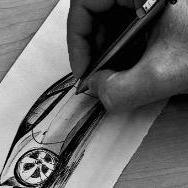Aston Martin Vanquish 2012
quanto ti piace la Aston Martin Vanquish 2012?
48 voti
-
1. quanto ti piace la Aston Martin Vanquish 2012?
-
• Molto26
-
• Abbastanza15
-
• Poco6
-
• Per niente0
-
- Si prega di accedere o registrarsi per votare a questo sondaggio.
-
Contenuti simili
-
Aston Martin Vanquish Volante 2025 (Spy) 1 2 3 4 9
Pubblicato da savio.79,
- vanquish volante
- vanquish 2025
- (e 2 altri in più)
- 81 risposte
- 14894 visite
-
- 11 risposte
- 4568 visite
-
- 133 risposte
- 32016 visite
-
-
-









.thumb.jpg.902d2a4f20a129e92b6f6920407b81bd.jpg)





.thumb.jpg.46228d717c405acd43b45b79fddce6a4.jpg)







Messaggi Raccomandati:
Crea un account o accedi per lasciare un commento
Devi essere iscritto per commentare e visualizzare le sezioni protette!
Crea un account
Iscriviti nella nostra community. È facile!
Registra un nuovo accountAccedi
Sei già registrato? Accedi qui.
Accedi Ora